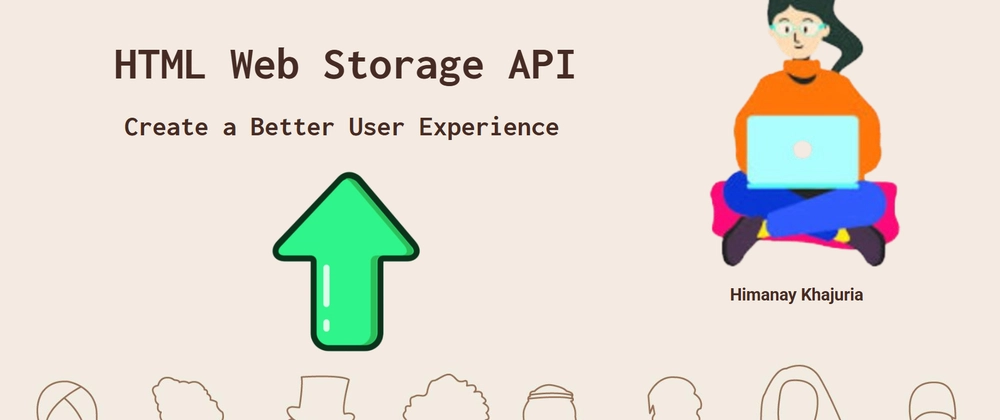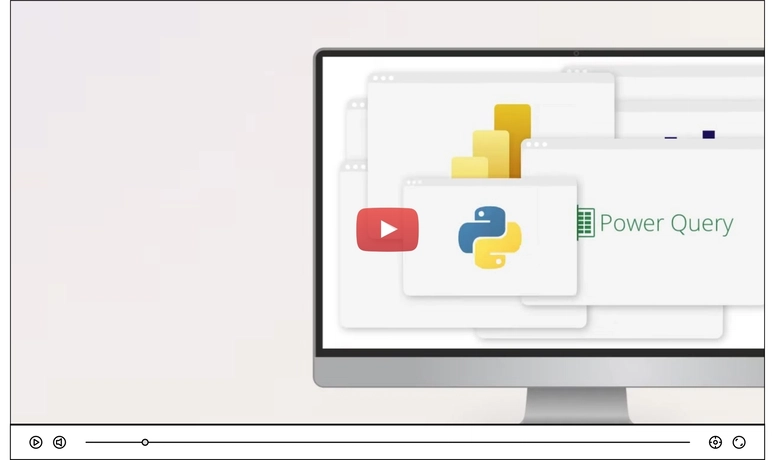✎ᝰ INTRODUCTION
Web Storage API allows websites to store data in the browser, making web apps faster and more efficient. Let's dive deep into Local Storage and Session Storage with examples, best practices and advanced features!
📝 What is Web Storage API?
The Web Storage API is a JavaScript API that allows websites to store small amounts of data directly in the browser. The stored data is:
✅ Persistent (Local Storage) or temporary (Session Storage)
✅ Faster than traditional cookies
✅ Stored in key-value pairs
📖 Types of Web Storage
| 🔥 Feature | 🗃️ Local Storage | 🕒 Session Storage |
|---|---|---|
| Lifespan | Forever until deleted | Only during the session |
| Cleared on? | Manual deletion by user | Closing the tab/window |
| Scope | Available across all tabs/windows | Available only in the current tab |
| Storage Limit | ~5MB per origin | ~5MB per origin |
| Accessibility | Accessible from all browser windows | Limited to the current tab |
👇 Step-by-Step Guide with Examples
🏷️ 1. Local Storage (Persistent Data):
Local Storage keeps data even after the browser is closed.
🧩 Example: Storing, retrieving, and deleting data in Local Storage
// ✅ Store data
localStorage.setItem('theme', 'dark');
// ✅ Retrieve data
let theme = localStorage.getItem('theme');
console.log(theme); // Output: dark
// ❌ Remove a single item
localStorage.removeItem('theme');
// 🔄 Clear all storage
localStorage.clear();
🔄 2. Session Storage (Temporary Data):
Session Storage keeps data only while the browser tab is open.
🧩 Example: Storing, retrieving, and deleting data in Session Storage
// ✅ Store data
sessionStorage.setItem('authToken', 'xyz123');
// ✅ Retrieve data
let token = sessionStorage.getItem('authToken');
console.log(token); // Output: xyz123
// ❌ Remove a single item
sessionStorage.removeItem('authToken');
// 🔄 Clear all storage
sessionStorage.clear();
🎭 Advanced Feature: Storing Objects in Web Storage
By default, Web Storage only supports strings. To store objects, use JSON.stringify() and JSON.parse().
🧩 Example: Storing and retrieving an object
// ✅ Storing an object in Local Storage
let user = { name: "Alice", age: 25 };
localStorage.setItem('user', JSON.stringify(user));
// ✅ Retrieving the object
let storedUser = JSON.parse(localStorage.getItem('user'));
console.log(storedUser.name); // Output: Alice
🛠️ Debugging Web Storage in Browser
You can view and manage Web Storage using Developer Tools:
1️⃣ Open DevTools → Press F12 or Ctrl + Shift + I
2️⃣ Go to Application Tab
3️⃣ Expand Storage → Local Storage / Session Storage
4️⃣ View, edit, or delete stored data
🖼️ Example Screenshot:
⚡ Best Practices for Web Storage
✔️ Do NOT store sensitive information (e.g., passwords, tokens)
✔️ Use JSON for complex data
✔️ Keep storage size minimal (Limit is ~5MB per origin)
✔️ Clear old data periodically to free up space
✔️ Use Web Storage for temporary and non-critical data
📝 When to Use Web Storage?
✅ Good Use Cases:
✔️ Theme preferences (dark/light mode)
✔️ User-selected language settings
✔️ Caching API responses (temporary)
✔️ Shopping cart data (before checkout)
❌ Avoid Web Storage for:
🚫 Sensitive user data (use server-side storage instead)
🚫 Large data sets (use IndexedDB for larger data)
🔥 Web Storage vs. Cookies - What's the Difference?
| Feature | 🍪 Cookies | 🏪 Web Storage |
|---|---|---|
| Storage Limit | ~4KB | ~5MB |
| Data Expiry | Manually set | LocalStorage: Forever, SessionStorage: Until tab closes |
| Sent with Requests? | Yes (sent to server) | No |
| Security | Less secure | More secure (not automatically shared with the server) |
| Use Case | Authentication, tracking | Storing non-sensitive user settings |
➡ Conclusion ⬅
💡 The Web Storage API is a powerful tool for storing client-side data. Whether you need persistent storage (Local Storage) or session-based storage (Session Storage), the Web Storage API makes it easy to manage data efficiently.
✅ Use Local Storage for long-term data
✅ Use Session Storage for temporary data
✅ Use JSON for structured data
🎁 Bonus: Quick Cheatsheet
// ✅ Local Storage
localStorage.setItem('key', 'value'); // Store
localStorage.getItem('key'); // Retrieve
localStorage.removeItem('key'); // Remove item
localStorage.clear(); // Clear all
// ✅ Session Storage
sessionStorage.setItem('key', 'value');
sessionStorage.getItem('key');
sessionStorage.removeItem('key');
sessionStorage.clear();
🖇️ Want to Learn More?
➥ Check out my Technical Presentation along with the slide notes for a better understanding 🎥: 🔗 View Presentation
➥ MDN Web Docs - Web Storage API
➥ Web Storage Guide on W3Schools💼 Let’s connect on LinkedIn! 👥💬






Top comments (0)